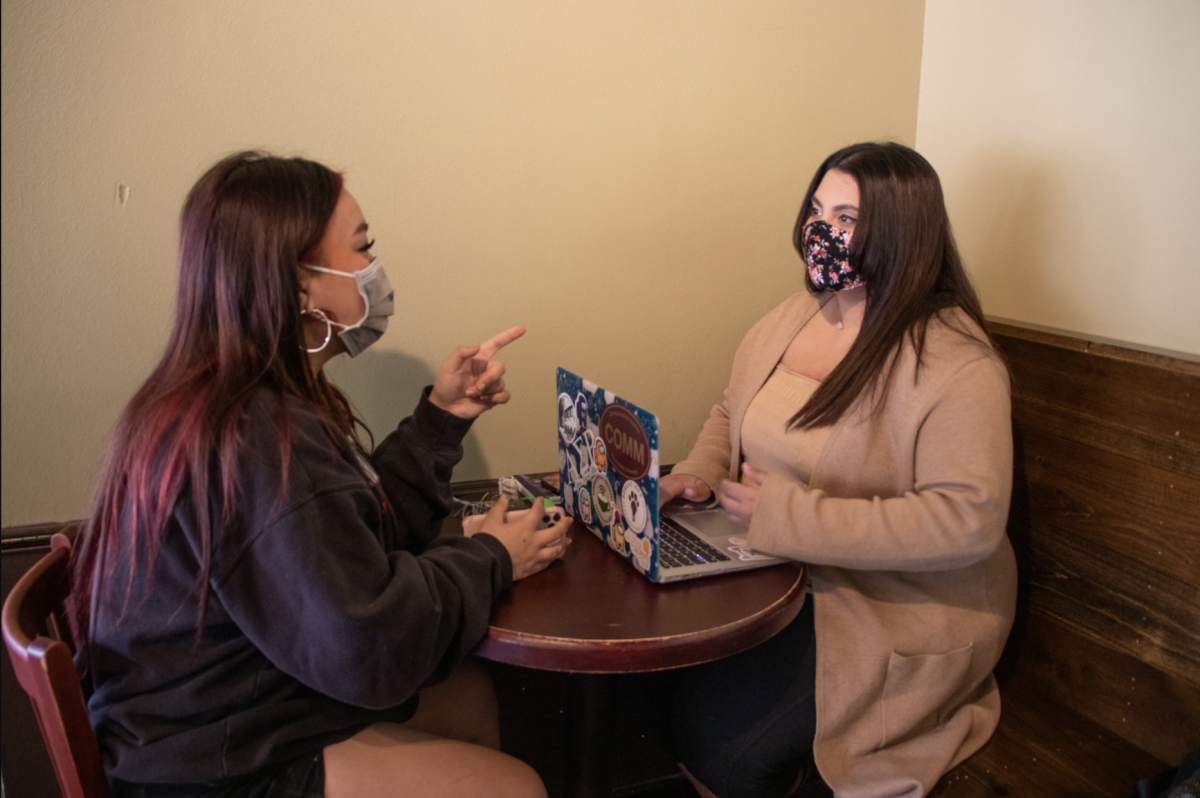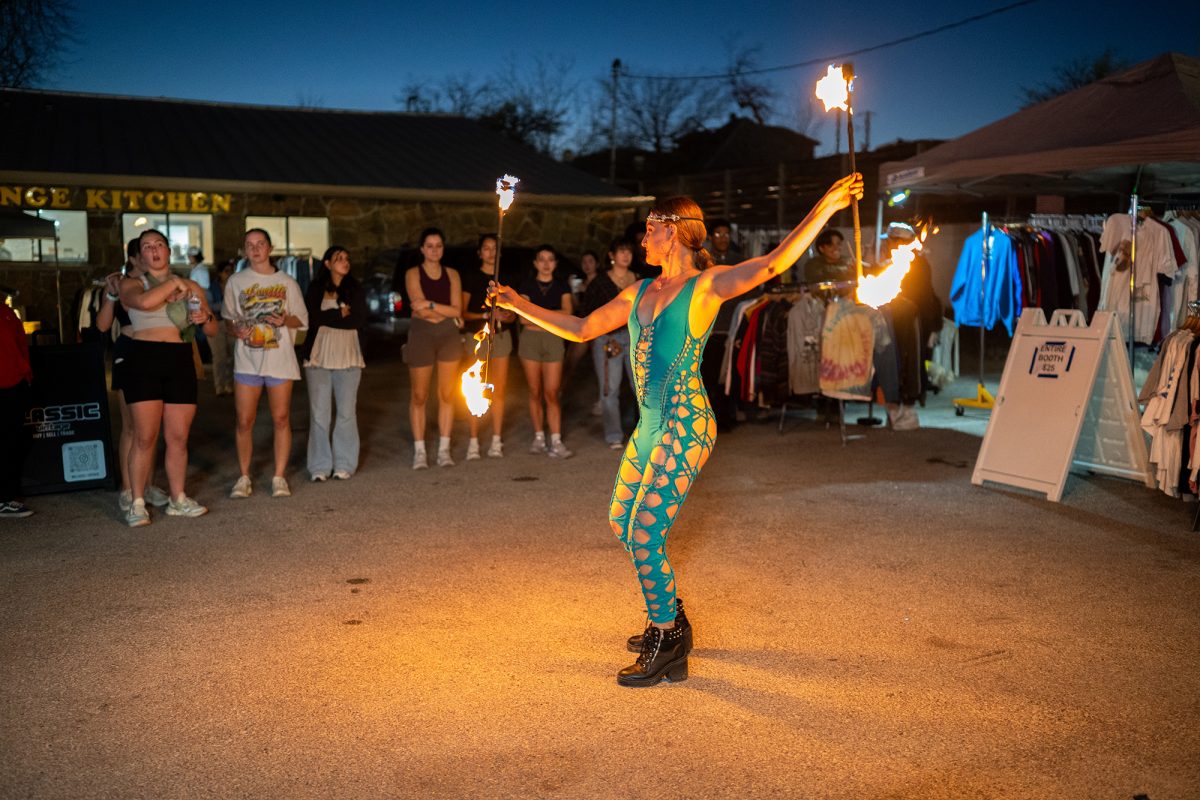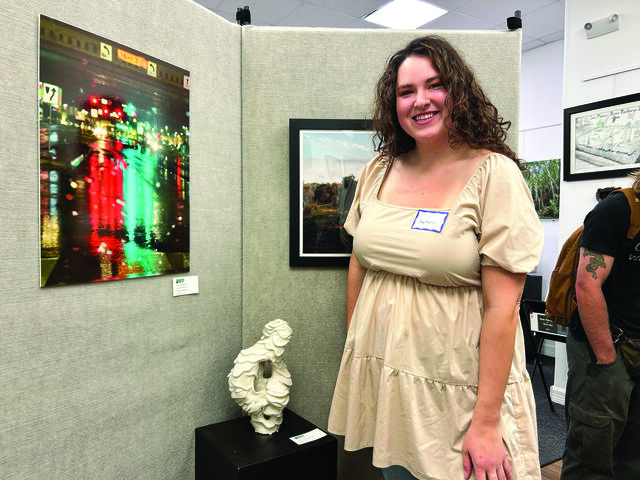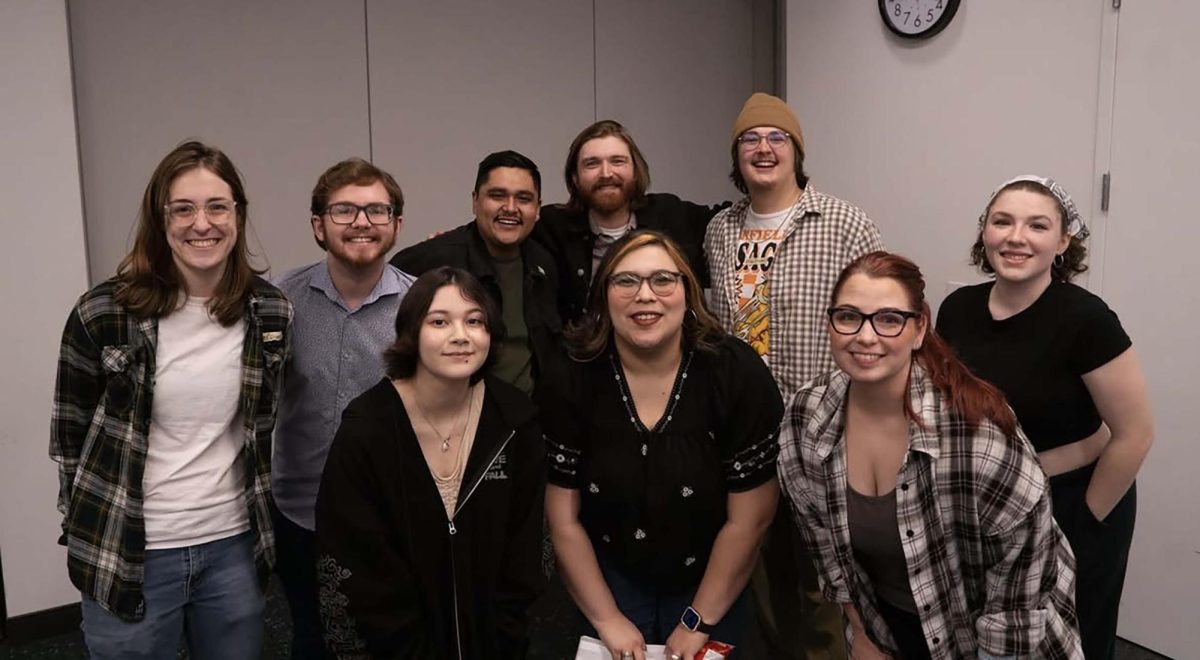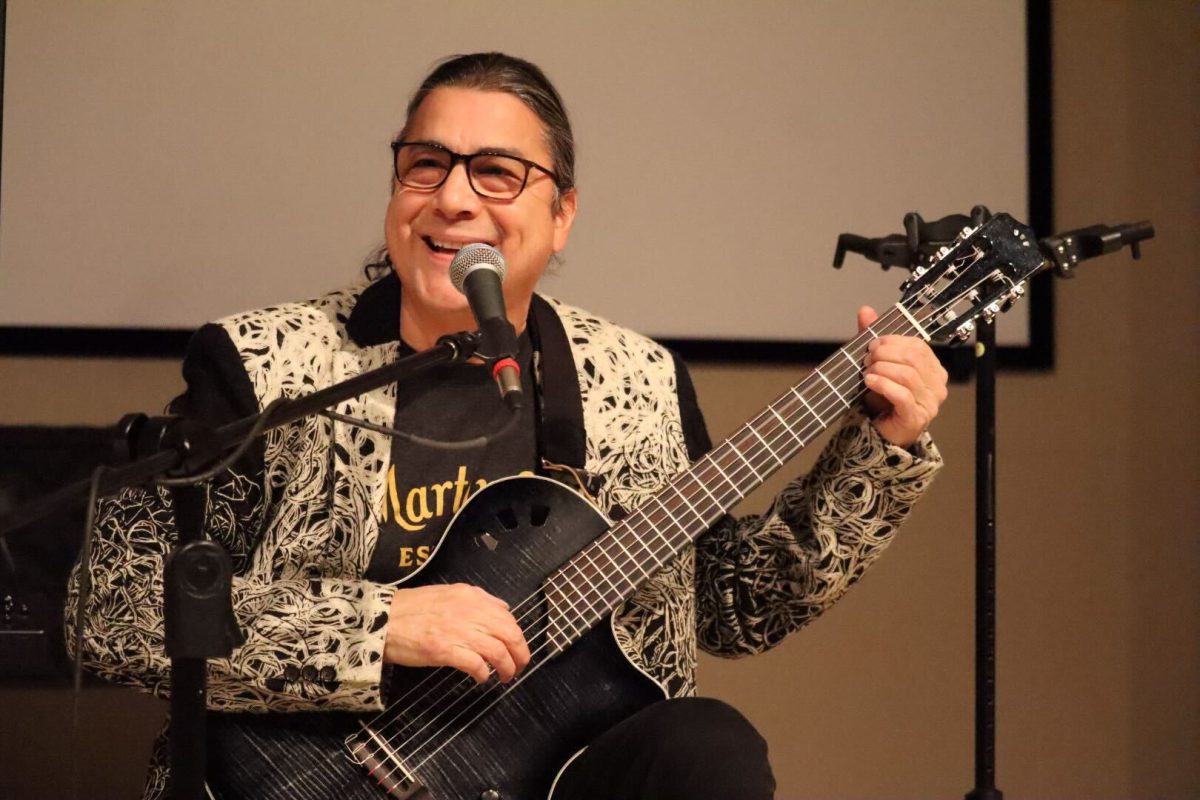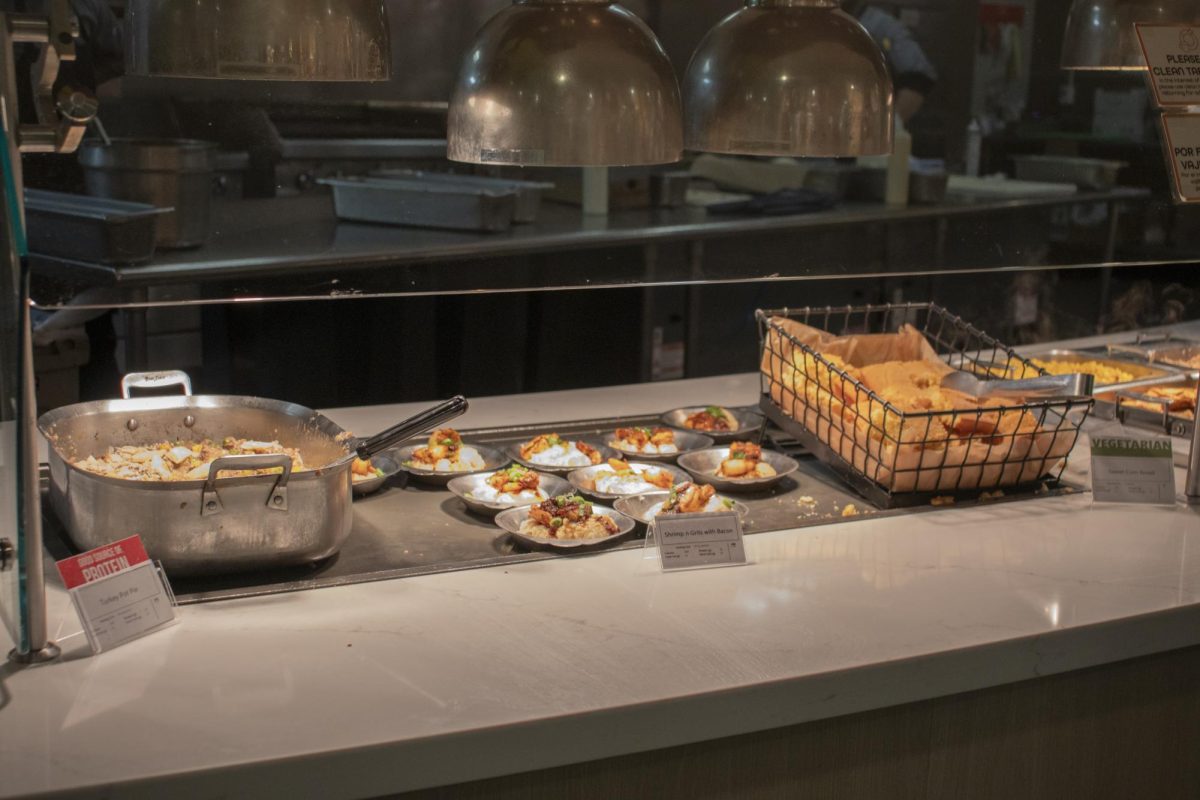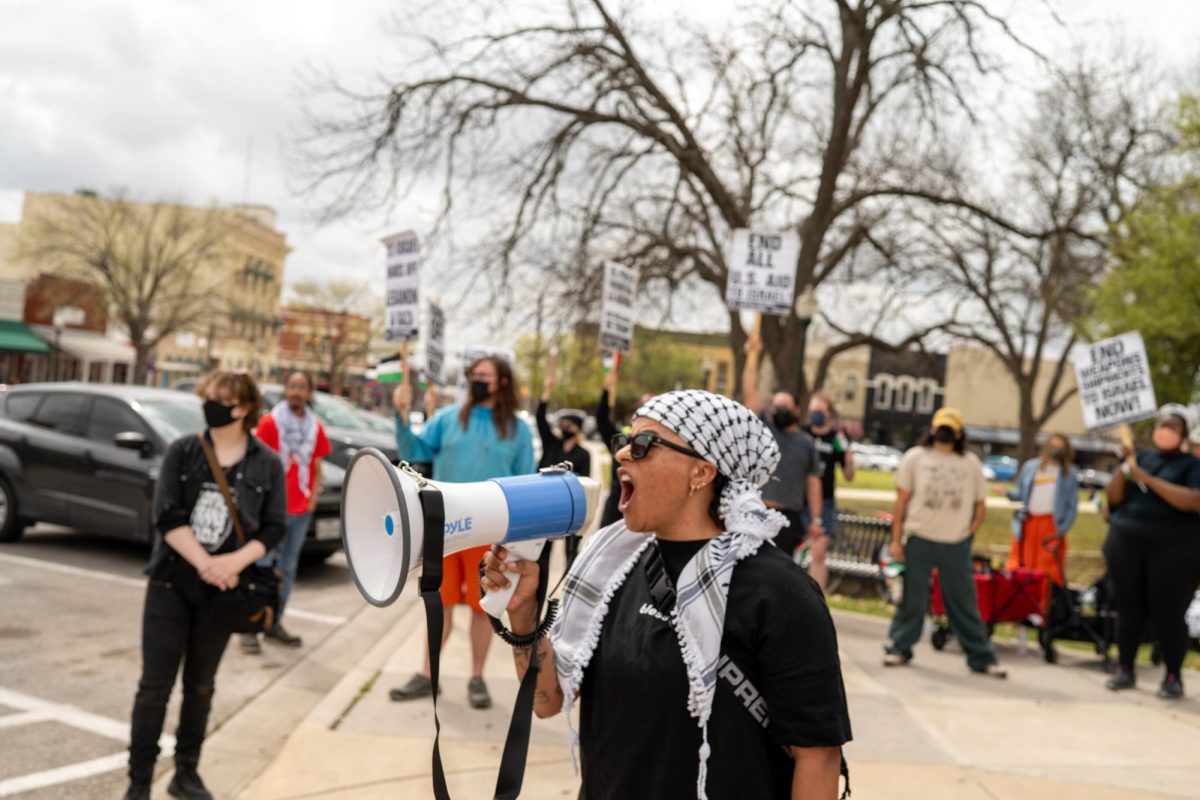Heather Tran was walking near The Square when she was confronted by three male students pulling at their eyelids to mock her monolid eye shape.
While being mocked and told “This is what white privilege looks like,” Tran got an unnerving feeling and the reassurance that racism was not a hallucination.
“I have faced racism [like] every other minority,” Tran says. “I have faced racism from adults to kids, to people my age and I’ve experienced it here at Texas State…Texas State is not an exception.”
Tran, a business freshman, is one of the few Asian students who attend Texas State. While the university identifies as a majority-minority institution, its Asian student population represents less than 3% of overall students.
Being a part of this minority population has made some Asian students feel overlooked or like they are the university’s “token” students viewed merely as racial statistics.
While the Asian student population has established on-campus organizations like the Filipino Student Association, Korean Culture Club, Indian Student Association, Vietnamese Student Association and Asian-founded sororities and fraternities, Tran says Texas State does not value its Asian student community. She says the only positive, inclusive interaction she has had at the university was with the Office of Institutional Inclusive Excellence – Student Initiatives (IIE-SI).
“We don’t have the support of adults, and I understand that there’s like the Inclusion Diversity Office…they’re great honestly and they’re really supportive, but other than that, I’m pretty sure the majority of Texas State does not care about their students,” Tran says.
The belief that Texas State does not care for its students intensified for Tran after University President Denise Trauth released a campus-wide email on March 18 in response to the killings of eight people, six of whom were Asian women, at spas in Atlanta. Tran says Trauth’s response was minimal and unemotional.
“There’s so many things that piss me off about this because when people that look like me and people that have the same names as me are getting killed and [are on the receiving end of] hate crimes, Denise Trauth sends out a three-paragraph email, and those are short paragraphs, those are like the paragraphs that you write in eighth grade to [achieve the minimum],” Tran says.
In the five-sentence email, Trauth says students can contact the university’s Counseling Center if needed. While Tran appreciated the suggestion, she says the response could have benefitted from a more thorough approach.
“I’m sure there’s a thousand ways [Texas State] could’ve responded,” Tran says. “I know they also offer free counseling, but that’s only so many sessions. Then after what, like, five sessions what happens to me then…Do I just go back into the real world? Am I supposed to be okay with this? I understand there’s not many things that they could do. At the same time, they could at least fake how much they care, because they’re not doing a very good job at least faking.”
Raymond Vagell, an applied anthropology doctoral student, says the email seemed like more of a reaction to an incident rather than a sincere sentiment. Vagell adds he does not feel represented on campus and does not associate Texas State with Asian students.
“It’s like, okay, but we’re not working on the core of this problem, right? Like, discrimination and hate crimes and things like that. So, what are you going to address on campus?” Vagell says. “Address hate crimes, address how students are feeling unsafe, [address what] the resources are. It’s not really just the counseling part. So I felt like the email meant something, and it’s good that she sent it out, but I felt like there needed to be more.”
In an emailed statement to The University Star, Trauth says the March 16 shootings and racism Asian citizens have faced over the past year is heartbreaking.
“I know our Asian and Asian American students, faculty and staff were deeply affected by the murders in the Atlanta area,” Trauth says in the statement. “Some may have experienced anti-Asian bias personally and even been fearful for their safety. This is appalling and unacceptable.”
Her response to the Atlanta shootings was to assure Asian students, faculty and staff that the Texas State community supports them, she says.
“I also shared [the] university Counseling Center resources in that message because when individuals in our community are grieving, the Counseling Center is available and expertly staffed to help students cope with trauma,” Trauth says in the statement.
To support students confronted by racism, Trauth says events hosted by IIE-SI will take place during April, leading up to Asian American and Pacific Islander Heritage Month in May.
Some students believe the lack of Asian representation extends to the university’s classroom curriculum. Texas State provides students an Asian studies concentration if they major in international studies, minors in Japanese and Chinese languages and offers brief coverage of Asian culture in some world literature courses.
Amrin Madhani, a communication studies and English senior, says she wants to see the university expand its curriculum so students can learn more about Asian cultures.
“A lot of the English classes that are offered don’t necessarily have a practice for like Asian studies or Asian literature; it’s [mainly] around medieval or European Renaissance, or there’s a good amount of African American literature, and a little bit of Spanish literature, but there’s nothing for Asians that we might take to understand our literary background,” Madhani says.
“We can have an introduction to Asian history class, or in music or in English or anything…Sometimes it becomes hard to see the diversity when there really isn’t much being offered by the university in terms of academics.”
Gary Ray, associate vice president for Enrollment Management and Marketing, says the university is focused on furthering the academic success of all students. Asian student enrollment at Texas State has climbed from 893 in 2015 to 1,037 in 2020, he notes.
“Although that doesn’t say that you’re totally inclusive, that means that you’re attracting at least a good core of students from all different backgrounds that are choosing Texas State because they feel that it is in an environment that can lead to their success. And then when you look at the actual number of degrees — and we’re awarding to students from all backgrounds — that’s a pretty powerful argument that Texas State is a place in which it is valuing and empowering students to be successful whatever their dream might be,” Ray says.
While the university says it places focus on student success, calls from its students regarding equal representation remain. Tran says her expectations have not been met since she arrived at the university, which she believes is part of the reasoning for the low number of Asian students on campus.
“I chose Texas State because I knew it was like a more [liberal school] and more diverse and open-minded, and that’s why I chose Texas State because I knew I wasn’t gonna get as [many] racist comments as say, [Stephen F. Austin University] or [the University of Texas at Arlington]…It was just kind of a disappointment because I wanted to see more kids who look like me,” Tran says.
After arriving on campus, students like Vagell are left wondering where the diversity Texas State prides itself on is. To transform Texas State’s campus into a more diverse and inclusive space, Vagell says the university must expand its reach to every underrepresented student group.
“I feel like, you know, [diversity, equity and inclusion] efforts should not be focusing on just one race,” Vagell says. “The word diversity doesn’t really mean that, you know, we get one population onto the campus, and then our job is done… diversity really means true diversity. And I feel like, as far as I know, [in] the time that I’ve been on campus, I haven’t seen a lot of diversity and inclusion geared toward Asian students.”
Vagell says sharing a post on social media is not enough. The best thing allies of the Asian student community can do, Vagell believes, is to use more than words to combat racism.
“For Texas State, specifically, and because we’re just not that visible, I feel like, you know, wherever we go, we don’t really see our own people,” Vagell says. “So it’s definitely more important that I know I’m surrounded by people who actually care.”
Categories:
‘Texas State is not an exception’: Asian students reflect on lack of campus representation, inclusion
April 5, 2021
Texas State business freshman Heather Tran (left) and communication and English senior Amrin Madhani talk with each other, Friday, April 2, 2021, at Mochas & Javas.
0
Donate to The University Star
Your donation will support the student journalists of Texas State University. Your contribution will allow us to purchase equipment and cover our annual website hosting costs.
More to Discover



